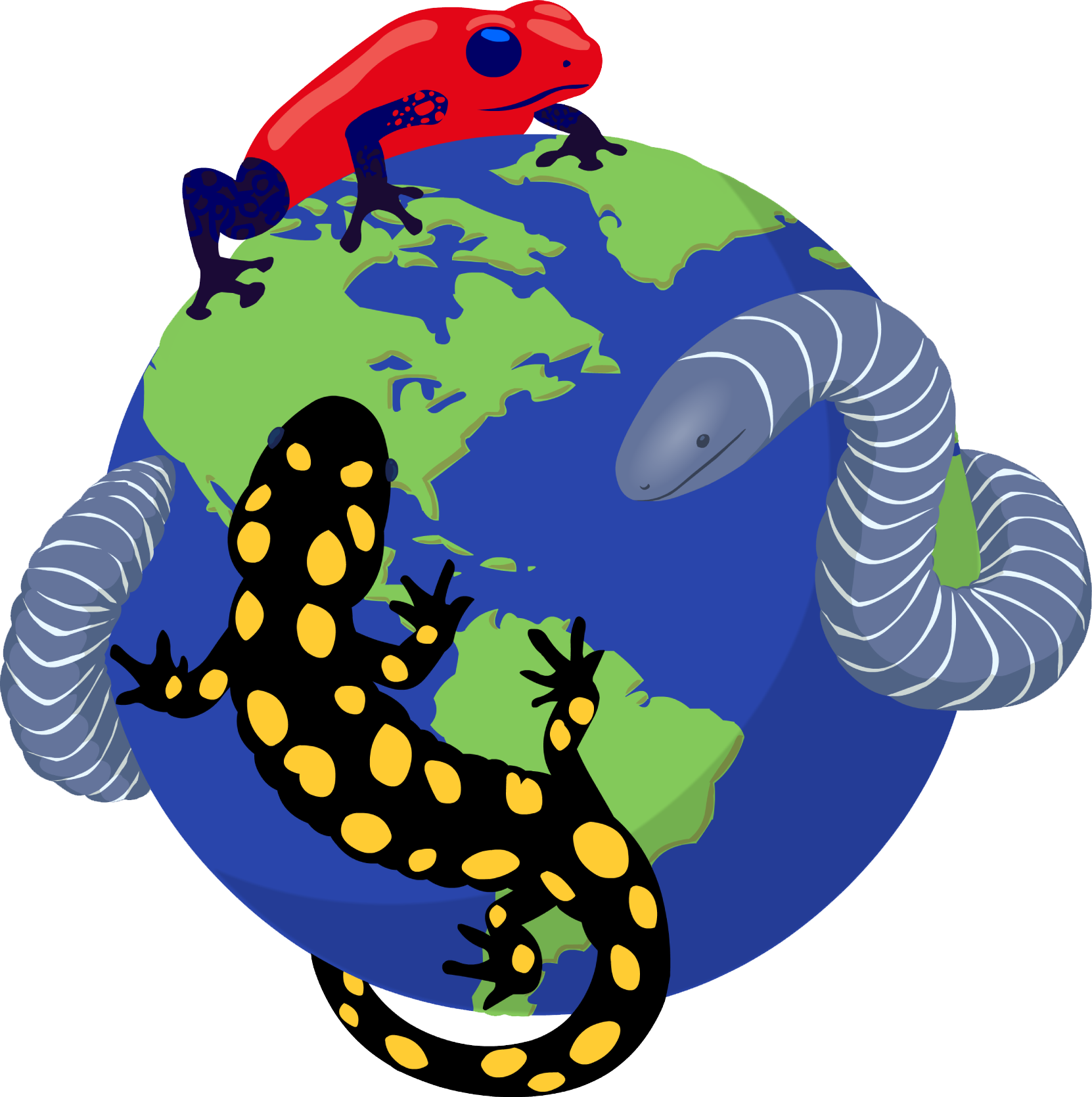|
Stumpffia be Köhler, Vences, D'Cruze & Glaw, 2010
| family: Microhylidae subfamily: Cophylinae genus: Stumpffia |
| Species Description: Koehler J, Vences M, D'Cruze N, Glaw F 2010 Giant dwarfs: discovery of a radiation of large-bodied 'stump-toed frogs' from karstic cave environments of northern Madagascar. J Zool 282:21-38. | |
 © 2010 Joern Koehler (1 of 3) |
|
|
|
Description Description: Adult female SVL 25.2 mm. Body slender. Head as wide as body. Stout mucronate when viewed from above, protruding when viewed laterally. Nares protuberant, laterally directed, closer to the tip of the snout than to the eye. Canthus rostralis distinct and concave. Lores are straight. Tympanum is rounded and distinct, with the diameter equivalent to two-thirds of the eye diameter. Weak supratympanic fold. Eyes are large. Lacks maxillary and vomerine teeth. Choanae oval-shaped. Arms slender. Fingers have large truncate discs and lack webbing. Relative finger lengths 3>4>2>1. Outer palmar tubercle cordiform-shaped. Subarticular tubercles present and rounded. Prepollex is lacking. Hindlimbs slender. Tibia of holotype 41% of SVL. Toes lack webbing. Relative toe length 4>3>5>2>1. Outer metatarsal tubercle is lacking. Inner metatarsal tubercle is oval and distinct. Dorsal skin is shagreened. Ventral skin is finely granulated at the posterior and smooth at the anterior. Throat smooth. Coloration in Life: Beige dorsum and dorsal surface of head. Brown interorbital bar, scapular transverse brown marking, dark brown loreal region, dark brown tympanal region. White flecking below tympanum. Iris black with greenish-gold specks. Flanks grey-brown with irregular cream and white flecking and spotting. Limbs dorsally beige with irregular diffuse brown markings. Orange-red flecks in axillary region. Orange-red coloration on groin and anterior surface of thighs. Posterior surfaces of thighs orange-red. Ventral surfaces of thighs brownish coloring with violet tint and scattered orange-red flecks. Belly greyish white. Throat white with fine brown spotting. Coloration of Juvenile: Numerous small blue spots scattered over the body. Brown dorsum with transverse black markings. Juvenile specimen with this coloration measured 9.0 mm in SVL. Similar Species: Stumpffia be reaches a considerably larger size than than its congeners S. gimmeli, S. helenae, S. pygmaea, S. tetradactyla, and S. tridactyla (25.2 mm SVL vs. about 10-16 mm SVL). It is slightly larger than S. grandis, S. megsoni, and S. roseifemoralis (25.2 mm SVL vs. 17-24 mm SVL in the other species). Stumpffia be has distinctly expanded truncate finger discs, in contrast to S. grandis (slightly expanded discs), S. hara (slightly expanded discs), S. megsoni (slightly expanded finger discs) and S. roseifemoralis (discs not expanded). It differs in coloration (beige with brown markings) from S. grandis (reddish-brown with large dark blotches, black throat, gray-blue venter marbled with black), S. hara (lacks orange-red coloration), S. roseifemoralis (lacks orange-red axillary flecks), and S. staffordi (light brown dorsum and light brown loreal region, brown throat with white spots). Stumpffia be also differs from S. megsoni by having a head as wide as the body (vs. head narrower than the body in S. megsoni). Distribution and Habitat Country distribution from AmphibiaWeb's database: Madagascar
Life History, Abundance, Activity, and Special Behaviors The stomach contents of the female consisted of large black ants. Stumpffia be is unusual in undergoing ontogenetic (developmental) color change, where the juvenile coloration is quite different than the adult coloration. Trends and Threats Comments
References
Köhler, J., Vences, M., D'Cruze, N., and Glaw, F. (2010). "Giant Dwargs: discovery of a radiation of large-bodied 'stump-toed frogs' from karstic cave environments of northern Madagascar." Journal of Zoology, 282, 21-38. [link] Originally submitted by: Sarah Ng (first posted 2010-09-16) Edited by: Kellie Whittaker (2010-09-21) Species Account Citation: AmphibiaWeb 2010 Stumpffia be <https://amphibiaweb.org/species/7541> University of California, Berkeley, CA, USA. Accessed Jun 14, 2025.
Feedback or comments about this page.
Citation: AmphibiaWeb. 2025. <https://amphibiaweb.org> University of California, Berkeley, CA, USA. Accessed 14 Jun 2025. AmphibiaWeb's policy on data use. |



 Map of Life
Map of Life